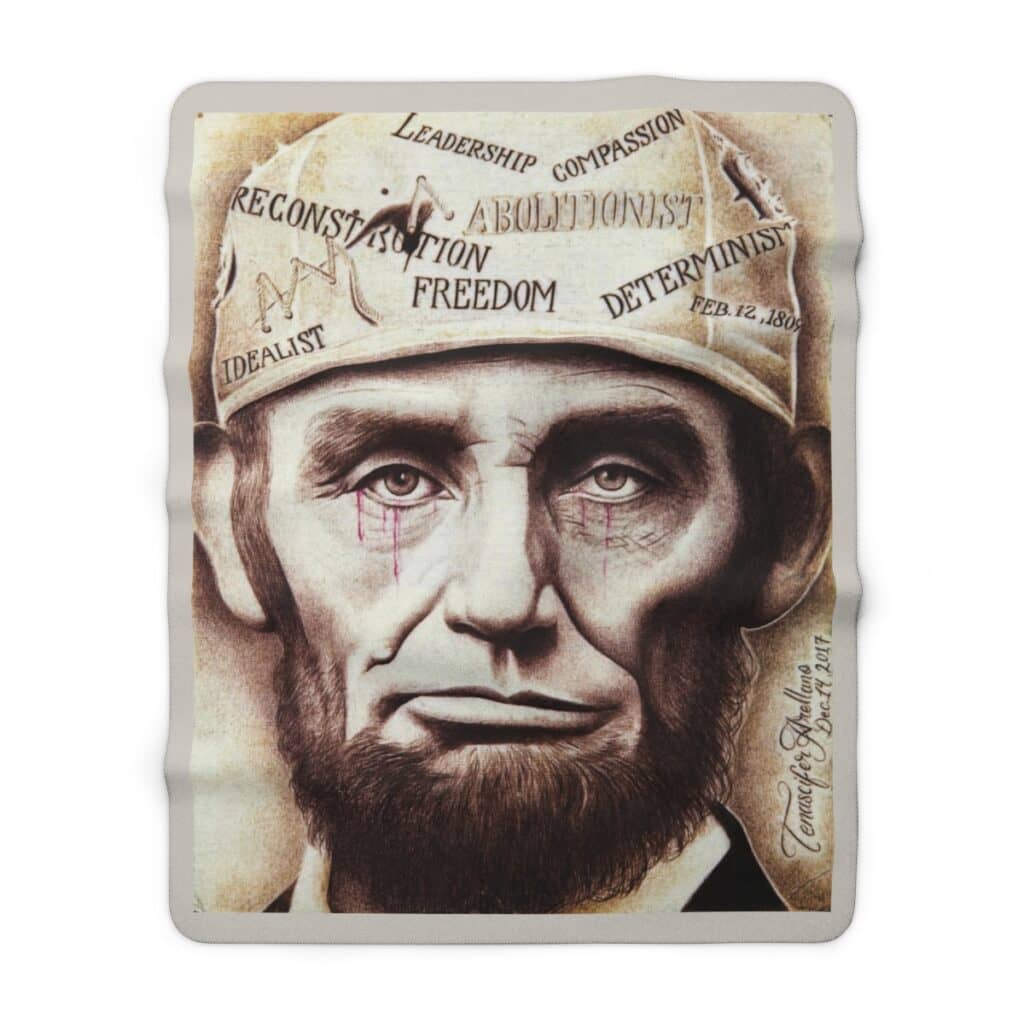Racial inconsistencies
People of color are extraordinarily more likely to enter the country’s justice system than the general population. State and federal governments are quite cognizant of this discrepancy, and researchers and policymakers are delving into the catalysts driving the numerics in addition to what specific procedures are utilized to confront the inconsistencies. The United States is a world leader in its incarceration rate, minimizing the rate of nearly every other nation on the planet. The extensive statistics disguise the racial imbalance that permeates the United States criminal justice system that affects marginalized communities, specifically the Black community. Black adults are 5.9 times as likely to be incarcerated than white adults and Hispanics are 3.1 times as likely. The cause of the aforenamed disparities is far deeper and more congenital than explicit discrimination based on race. The affluent members of society can access a robust adversary system rife with constitutional safeguards for defendants. The double standards are not, ostensibly, definitive; on the surface, the criminal law is color-blind and class blind.

The rhetoric employed within our legal system explicates upon the notion that our society intentionally and attentively defends every able body’s constitutional right, but in reality, the rules persuade that law enforcement prerogatives will typically triumph over the rights of those less economically fortunate and minorities. The creation and perpetuation of policies that enable racial disparities to thrive lends to an unsettling truth that the United States is in direct infraction of its responsibilities under Article 2 and Article 26 of the International Covenant on Civil Political Rights to ensure that all its residents – despite racial background – are treated under legislation.
In order to minimize racial inequality that pervades the system, local, state, and federal governments should be held accountable to discovering novel mechanisms of decreasing police stops and searches, jail detainment, prison admission, and long sentences, according to a report from the National Academies of Sciences, Engineering, and Medicine. The report advises governments invest time and energy into deep diving into coordinated policy reforms in each individual phase of the criminal justice system, focusing on drug sentencing reform, granting “second look” arrangements for lengthy sentences, eradicating revocations of community surveillance for technical infringements, and getting rid of the death penalty as ways of reform that concentrates on mitigating the repercussions of the inequality while sustaining public safety.
“Research tells us that the relationship between racial inequality in criminal justice and racial inequality more broadly is a pernicious and persistent feedback loop,” said Khalil Gibran Muhammad, professor of history, race, and public policy at Harvard Kennedy School and co-chair of the committee that wrote the report. “These perpetuating effects of inequality can lead to continual criminal justice involvement for individuals, severely impacting neighborhoods and communities.” There are a series of statistics that are indicative of the stark racial blasphemy encapsulating our criminal justice system. Racial disparities among those who are the victims of homicide has exponentially grown since 2010. Blacks, Latinos, and Native Americans are more at risk of being homicide victims compared to Asians or White individuals. Moreover, in terms of police arrests and interactions, police officers will stop and search Black Americans at higher rates than any other racial or ethnic group. Between 2005 and 2019, the per capita jail population, in reference to pre-trail detention, for Black people averaged over three times the rate for White people and Latinos. The augmentation in urban homicide rates since 2020 has incited calls to scale back previously commenced criminal justice reforms. The report demonstrates that it is possible for the betterment for the communities that suffer the most abominable effects of criminal justice inequality without increasing crime, says Bruce Western, Bryce Professor of Sociology and Social Justice and director of the Justice Lab at Columbia University, and committee co-chair. “Violent crime is a racial equity issues, and there are many significant examples of reducing crime while also reducing racial disparities in the criminal justice system.”
So, what does the report propose be done to rectify the wrongdoings our system has established as both social and legal normativism? At federal and state levels, the report encourages government bodies investigate practices that are expansionary and evaluative of community-driven directives to ameliorate safety precautions. It is critical that such implementations include residents building the aptitude to hinder violence through violence interruption programs and bolstering accountability and transparency amongst governmental agencies, specifically law enforcement. There is an unwavering push for reform in our society amongst the younger generations who are hopeful of seeing a country with the capacity to be better. These individuals, I included, truly feel that our purpose day in day out is to be better than the day before. Thus, we must work towards creating a world we are proud to live in and functions according to our morals and values. It should not matter what side of the aisle reform comes from; the people just want someone who cares enough about an issue and are outraged enough to do something and implore those in office to do so as well.

Change
When looking at our past few midterm elections, voters across the political spectrum vie for their elected officials to support bold criminal justice reforms that minimize the effects of punishment and mass incarceration. Some candidates endeavor to exploit crime as a wedge issue relying on an aggressive, tough-on-crime campaign playbook. Nevertheless, voters for the large part elected justice. Even though not all reform initiatives on the ballot were favorable, impressive progress was made on a gamut of issues such as drug policy, prosecutorial reform, and prison labor reform. In fact, Alabama, Oregon, Tennessee, and Vermont voted to get rid of language in their state constitutions that allows for slavery as punishment for a crime, an exception written into the 13th Amendment. There are roughly 800,000 incarcerated people who work and are, more times than not, forced to do so for little to no pay, making pennies on the dollar. The need to strip the antiquated language expounds upon the gradual transformation of the criminal justice system. Moreover, 21 states have now legalized marijuana. Legalization and decriminalization are not too far behind. Marijuana legalization and expungement of previous convictions for possession are necessary to heal racial disparities and racial harms of the war on drugs. Voters in Colorado were in accordance with a piece of legislation that decriminalizes the use of specific psychedelic drugs, which are becoming popular in terms of treating disparate health issues from anxiety to bipolar disorder. It is apparent that there is a national trend of treating drug use as a public health, not the issue of a criminal as it has been perceived in the past.
Ostensibly, our history has consistently shown us that candidates who yield combative tough-on-crime rhetoric as a political tool while simultaneously neglecting the underlying realities do not increase public safety. Voters across America want novel solutions for combatting the comprehensive list of problems our contemporary world faces, not polarizing rhetoric that only incites fear and chaos. The politicians, regardless of political party affiliation, have a duty to speak on behalf of the American people and endeavor for legislation that shields our civil liberties and fortifies our communities both domestically and globally.

